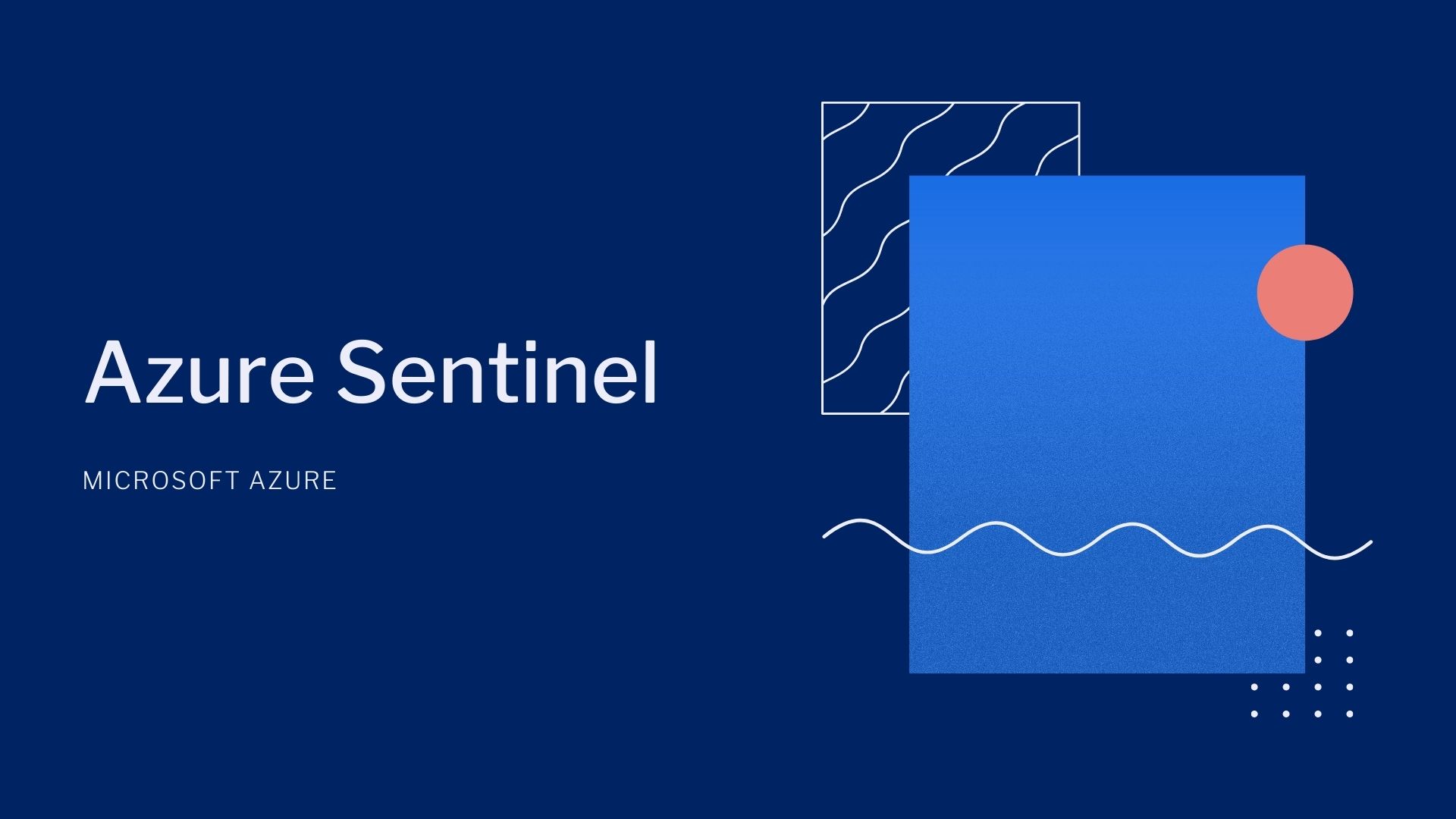
Both approaches culminate in a completely cloud-hosted SIEM architecture the difference is: how long does it serve your interests to remain tethered to your traditional SIEM? Transitional side-by-side (recommended) Step 2, the transitional phase, involves running Azure Sentinel in a side-by-side configuration either as a short-term solution or as a medium-to-long-term operational model. Completing the migration (moving completely off the on-premises SIEM).Running Azure Sentinel side-by-side with your on-premises SIEM (transitional phase).What is the transitional phase in a cloud-native SIEM migration?įor an organization using an on-premises SIEM, migration to the cloud typically requires a three-stage process: Specifically, we’ll compare the pros and cons of a short-term versus long-term side-by-side deployment, including an examination of the five types of side-by-side configurations, and which one maximizes value from both Azure Sentinel and your traditional SIEM. For part two, we’ll look at ways to manage the transitional phase of your migration. In part one of this three-part series, we explored the first three steps every SecOps team should take to help ensure a successful migration to Azure Sentinel.
#AZURE SENTINEL ICON SOFTWARE#
It does this by collecting data across the digital estate-including on-premises systems, software as a service (SaaS) applications, and non-Microsoft cloud environments such as Amazon Web Services (AWS), Linux, or firewalls-and cross-correlating it using AI and machine learning, enabling security operations (SecOps) teams to stop threats before they do damage. As the industry’s first cloud-native security operation and automated response (SIEM+SOAR), Azure Sentinel provides security analytics across the organization to fight today’s sophisticated cyber threats. Moving to cloud-native security information and event management (SIEM) can help security teams analyze data with the scale of the cloud, and empowers them to focus on protecting the organization, not managing infrastructure. With every week bringing new headlines about crippling cyberattacks, and with organizations growing increasingly distributed, security teams are constantly asked to do more with less. Microsoft Purview Data Lifecycle Management.



Microsoft Defender Cloud Security Posture Mgmt.Microsoft Defender Vulnerability Management.Azure Active Directory part of Microsoft Entra.


 0 kommentar(er)
0 kommentar(er)
